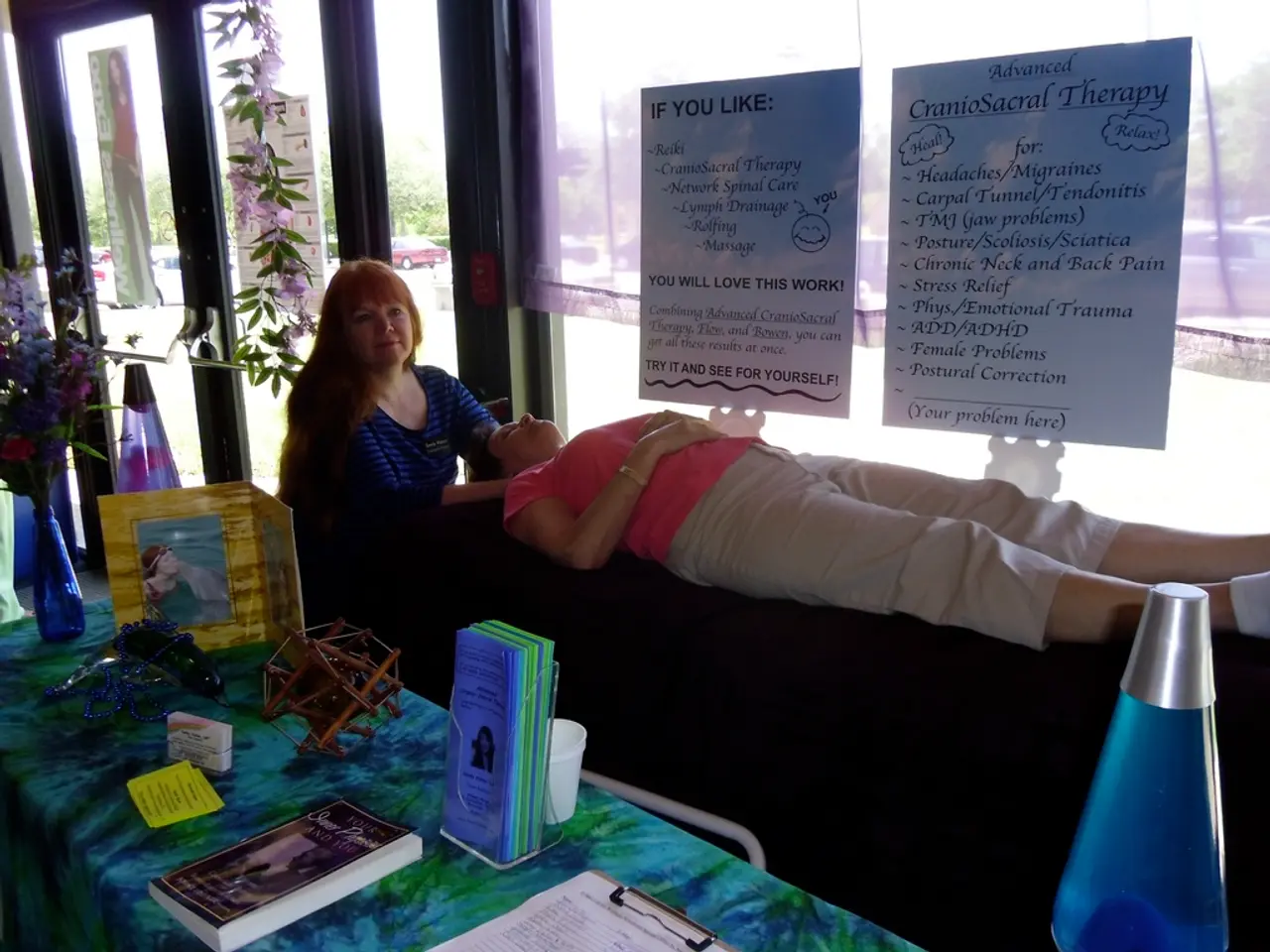Recovering from a mild stroke: treatment options, medicines, and additional strategies
In the United States, around 800,000 people experience a stroke each year, making it a leading cause of disability and death. Approximately 25% of these strokes are recurrent, amounting to about 185,000 cases annually.
The recovery process following a stroke is often complex and multifaceted, requiring a combination of therapies and support. A person may require one or more therapies for recovery, with common rehabilitation therapies including physical therapy, occupational therapy, and speech-language pathology. These therapies focus on restoring movement, strengthening muscles, improving fine motor skills, training daily activities, and addressing communication and swallowing difficulties.
Physical therapy aims to improve muscle strength, flexibility, balance, and gait. Occupational therapy helps with fine motor skills and daily tasks. Speech therapy addresses speech and swallowing impairments. In addition, some people may benefit from technology-assisted therapy, including virtual reality, computer programs, and robotic devices.
Medication or drug therapy is also a crucial part of stroke treatment. Clot-busting drugs (thrombolytics) like tissue plasminogen activator (tPA) can improve a person's chances of fully recovering or having less disability following an ischemic stroke, if administered shortly after stroke onset. Antiplatelet agents (e.g., aspirin) and anticoagulants are used to prevent new clot formation and reduce the risk of recurrent stroke.
The IpsiHand System, a brain-computer-interface (BCI) device, has recently been approved by the FDA for stroke recovery. This device uses noninvasive electroencephalography to send a signal from the brain to a tablet that then relays the intended movement to an electronic hand brace, facilitating rehabilitation of the upper extremities following a stroke.
To reduce the chances of having another stroke, a person can take steps such as treating underlying conditions (like high blood pressure or diabetes), maintaining a healthy weight, engaging in regular physical activity, eating a healthy diet, quitting smoking, and limiting alcohol consumption.
Access to rehabilitation therapies and services is not always straightforward, with insurance caps, high out-of-pocket costs, and disparities based on socioeconomic and geographic factors often limiting access and intensity of care. However, a person can speak with a healthcare professional for recommendations or information about services available in their area.
In summary, stroke recovery in the U.S. is anchored by a multidisciplinary rehabilitation approach, supported by appropriate medications. Insurance and systemic gaps often limit access and intensity of care, but with proper guidance and support, a person can navigate the recovery process effectively.
- A stroke survivor may engage in various therapies and treatments for recovery, including physical, occupational, and speech-language pathology.
- Mental health is an essential aspect of a stroke survivor's well-being, and therapies and treatments addressing mental health issues are crucial during the recovery process.
- In addition to rehabilitation therapies, medication or drug therapy plays a vital role in stroke treatment, with clot-busting drugs like tPA and antiplatelet agents helping prevent new clots and recurrent stroke.
- The IpsiHand System, a recently approved BCI device, offers innovative therapy for stroke recovery, focusing on the rehabilitation of upper extremities.
- To reduce the risks of recurrent stroke, individuals should manage chronic diseases such as high blood pressure, diabetes, maintain a healthy weight, exercise regularly, eat a balanced diet, quit smoking, and limit alcohol consumption.
- Cardiovascular health is essential for stroke prevention, making fitness and exercise integral to stroke management.
- As Neurological Disorders like Alzheimer's Disease and migraine can be associated with stroke, it's vital to monitor and manage these conditions to lessen complications.
- Access to rehabilitation services varies based on insurance coverage, financial limitations, and geographic factors, necessitating consultation with a healthcare professional for recommendations and information about services in the area.




